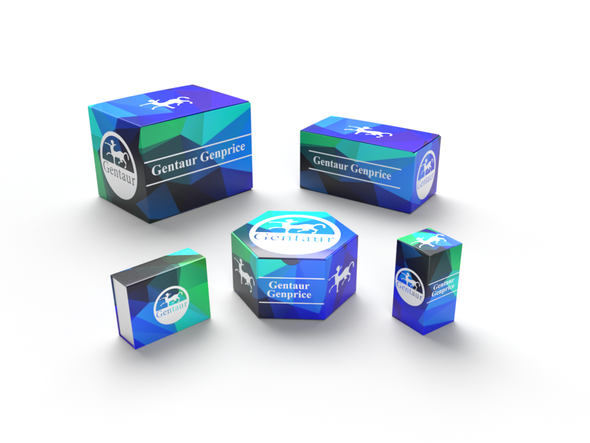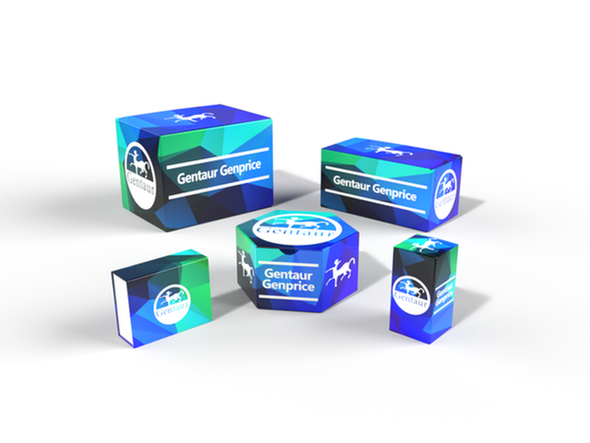740
Human Amiloride-sensitive sodium channel subunit alpha (SCNN1A) ELISA Kit | AE20499HU
- SKU:
- 740-AE20499HU
- Availability:
- Usually ships in 5 working days
Description
Human Amiloride-sensitive sodium channel subunit alpha (SCNN1A) ELISA Kit | AE20499HU | Gentaur UK, US & Europe Distribution
Species Reactivity: Human (Homo sapiens)
Abbreviation: SCNN1A
Alternative Name: BESC2; ENaCa; ENaCalpha; FLJ21883; SCNEA; SCNN1; alpha ENaC-2|amiloride-sensitive epithelial sodium channel alpha subunit|amiloride-sensitive sodium channel subunit alpha 2|nasal epithelial sodium c
Application: ELISA
Range: 0.156-10 ng/mL
Sensitivity: 0.061 ng/mL
Intra-Assay: ≤5.9%
Inter-Assay: ≤9.8%
Recovery: 1, 11
Sample Type: Serum, Plasma, Other biological fluids
Detection Method: Sandwich
Analysis Method : Quantitive
Test Principale: This assay employs a two-site sandwich ELISA to quantitate SCNN1A in samples. An antibody specific for SCNN1A has been pre-coated onto a microplate. Standards and samples are pipetted into the wells and anySCNN1A present is bound by the immobilized antibody. After removing any unbound substances, a biotin-conjugated antibody specific for SCNN1A is added to the wells. After washing, Streptavidin conjugated Horseradish Peroxidase (HRP) is added to the wells. Following a wash to remove any unbound avidin-enzyme reagent, a substrate solution is added to the wells and color develops in proportion to the amount of SCNN1A bound in the initial step. The color development is stopped and the intensity of the color is measured.
Product Overview: Nonvoltage-gated, amiloride-sensitive, sodium channels control fluid and electrolyte transport across epithelia in many organs. Amiloride Sensitive Sodium Channel Subunit Alpha is the alpha subunit, and mutations in this gene have been associated with pseudohypoaldosteronism type 1 (PHA1), a rare salt wasting disease resulting from target organ unresponsiveness to mineralocorticoids. Alternatively spliced transcript variants encoding different isoforms have been described for this gene. Highly expressed in kidney and lung. Detected at intermediate levels in pancreas and liver, and at low levels in heart and placenta. Isoform 1 and isoform 2 predominate in all tissues. Expression of isoform 3, isoform 4 and isoform 5 is very low or not detectable, except in lung and heart.
Stability: The stability of ELISA kit is determined by the loss rate of activity. The loss rate of this kit is less than 5% within the expiration date under appropriate storage condition. The loss rate was determined by accelerated thermal degradation test. Keep the kit at 37°C for 4 and 7 days, and compare O.D.values of the kit kept at 37°C with that of at recommended temperature. (referring from China Biological Products Standard, which was calculated by the Arrhenius equation. For ELISA kit, 4 days storage at 37°C can be considered as 6 months at 2 - 8°C, which means 7 days at 37°C equaling 12 months at 2 - 8°C) .










